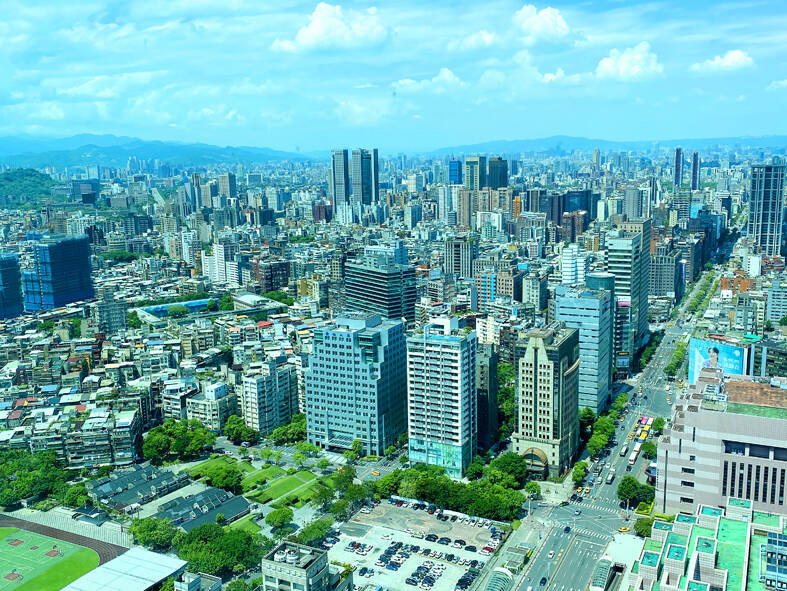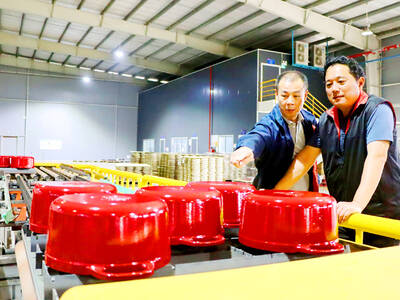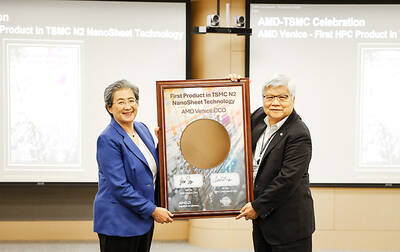The number of people holding non-owner-occupied or vacant homes this year increased by 19,661 to 545,586, as more people own one or two residential properties that are not in use, data compiled by the Ministry of Finance (MOF) showed yesterday.
The number of people owning vacant homes has continued to increase in the past few years, a development that has triggered public grievance about unaffordable housing and prompted the government to introduce a series of measures to curb property hoarding.
The latest data showed that there were 441,841 people with one home that was not in use this year, up from 422,697 last year and accounting for 80.98 percent of the total, while 67,783 people held two vacant homes, up slightly from the year before to account for 12.42 percent.

However, the number of people owning three ore more vacant homes has continued to decline in the past few years, the ministry said.
For instance, there were 36,707 people who held three or more vacant residential properties last year, but the number dropped to 35,962 this year, accounting for 6.59 percent of the total, it said.
Furthermore, 8,781 people held five or more vacant properties this year, down from 9,127 last year, and 1,659 owned 10 houses or more, down from 1,608, it said.
To rein in house hoarding and property price hikes, the Executive Yuan last month approved a proposal imposing different tax rates on residential property ownership, with holders of multiple vacant properties paying a higher tax.
The plan, which is subject to lawmakers’ approval, aims to raise the tax on three or more vacant residential properties to between 2 and 4.8 percent of their value, from the existing 1.5 to 3.6 percent.
If the Legislative Yuan passes the plan in the upcoming session, the government hopes to implement it in July next year.

UNCERTAINTY: Innolux activated a stringent supply chain management mechanism, as it did during the COVID-19 pandemic, to ensure optimal inventory levels for customers Flat-panel display makers AUO Corp (友達) and Innolux Corp (群創) yesterday said that about 12 to 20 percent of their display business is at risk of potential US tariffs and that they would relocate production or shipment destinations to mitigate the levies’ effects. US tariffs would have a direct impact of US$200 million on AUO’s revenue, company chairman Paul Peng (彭雙浪) told reporters on the sidelines of the Touch Taiwan trade show in Taipei yesterday. That would make up about 12 percent of the company’s overall revenue. To cope with the tariff uncertainty, AUO plans to allocate its production to manufacturing facilities in

TAKING STOCK: A Taiwanese cookware firm in Vietnam urged customers to assess inventory or place orders early so shipments can reach the US while tariffs are paused Taiwanese businesses in Vietnam are exploring alternatives after the White House imposed a 46 percent import duty on Vietnamese goods, following US President Donald Trump’s announcement of “reciprocal” tariffs on the US’ trading partners. Lo Shih-liang (羅世良), chairman of Brico Industry Co (裕茂工業), a Taiwanese company that manufactures cast iron cookware and stove components in Vietnam, said that more than 40 percent of his business was tied to the US market, describing the constant US policy shifts as an emotional roller coaster. “I work during the day and stay up all night watching the news. I’ve been following US news until 3am

COLLABORATION: Given Taiwan’s key position in global supply chains, the US firm is discussing strategies with local partners and clients to deal with global uncertainties Advanced Micro Devices Inc (AMD) yesterday said it is meeting with local ecosystem partners, including Taiwan Semiconductor Manufacturing Co (TSMC, 台積電), to discuss strategies, including long-term manufacturing, to navigate uncertainties such as US tariffs, as Taiwan occupies an important position in global supply chains. AMD chief executive officer Lisa Su (蘇姿丰) told reporters that Taiwan is an important part of the chip designer’s ecosystem and she is discussing with partners and customers in Taiwan to forge strong collaborations on different areas during this critical period. AMD has just become the first artificial-intelligence (AI) server chip customer of TSMC to utilize its advanced

Six years ago, LVMH’s billionaire CEO Bernard Arnault and US President Donald Trump cut the blue ribbon on a factory in rural Texas that would make designer handbags for Louis Vuitton, one of the world’s best-known luxury brands. However, since the high-profile opening, the factory has faced a host of problems limiting production, 11 former Louis Vuitton employees said. The site has consistently ranked among the worst-performing for Louis Vuitton globally, “significantly” underperforming other facilities, said three former Louis Vuitton workers and a senior industry source, who cited internal rankings shared with staff. The plant’s problems — which have not